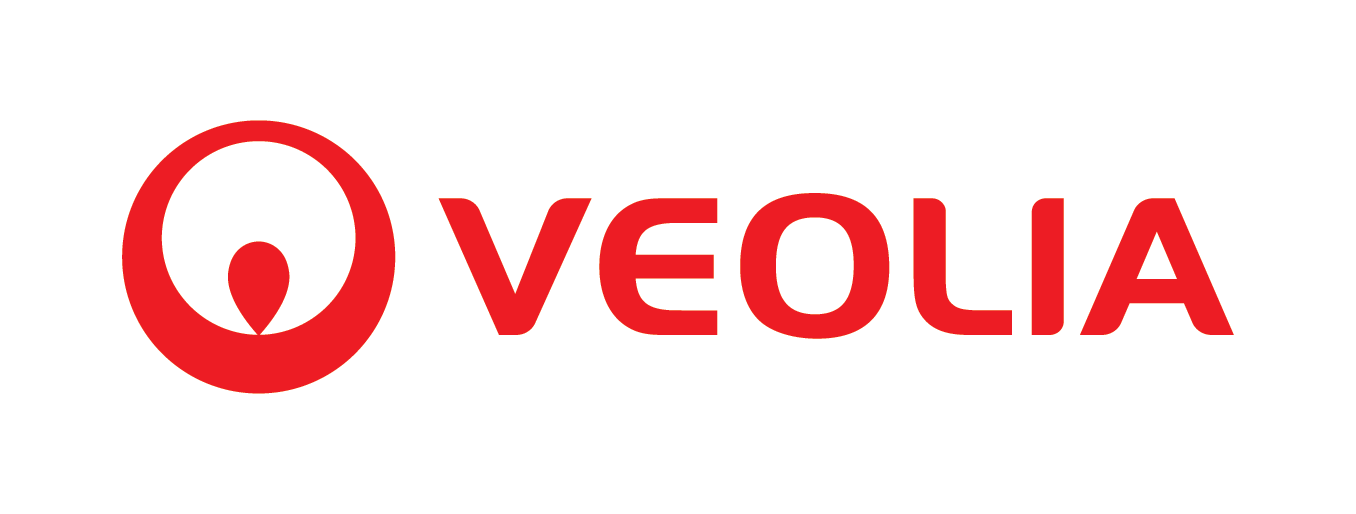Case Study: Addressing PFAS in Drinking Water in Affected Communities in the State of New Jersey

When it comes to PFAS management, Veolia offers decades of experience implementing and operating technologies that are scientifically proven and tailored to each project. We provide solutions to maximize your efficiency in water and waste management, while complying with emerging PFAS regulations and treatment requirements.
Years before state PFAS regulations took effect, we began extensively testing its systems and installing treatment where necessary. In the state of New Jersey, Veolia operates more than 10 PFAS treatment systems, with more projects in the construction, permitting or design phases.
In 2018, we began our partnership with the Borough of Bellmawr, sampling and testing for PFOA, PFOS and PFNA; in 2020, sample results indicated high levels of PFOS (max 32 ppt) and PFOA (max 23 ppt) were present, meaning treatment was required.
To solve this challenge, we installed ion exchange resin due to site-specific space constraints, then maintained compliance during the design and construction of permanent treatment facilities.
The outcome was that PFOA and PFOS are now non-detectable and the Borough is prepared to meet the future MCL requirements from the EPA.
As an owner and operator of 200 municipal water and wastewater facilities nationwide, Veolia has successfully implemented solutions at more than 30 sites to remove regulated PFAS chemicals.
By 2029, we expect to have over 100 PFAS treatment systems for municipal water operational across the U.S., providing access to clean water for over 2 million more Americans affected by PFAS contamination.
BeyondPFAS, our suite of end-to-end PFAS management solutions, is designed to support you at every step, from sampling and analysis to responsible disposal of contaminants. Our holistic approach involves initial site assessment and sampling, followed by implementing tailored treatment technologies based on your needs. We are committed to safely handling and disposing contaminates in line with EPA-recommended methods, including incineration, deep well injection and approved landfill.

